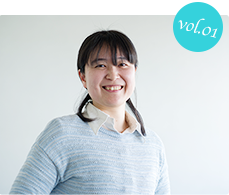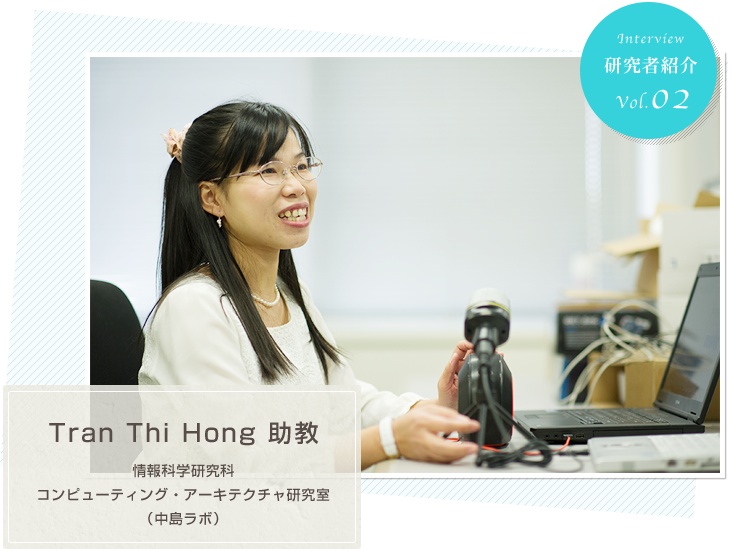
![]()
He received his master's degree from Ho Chi Minh City University of Science, Vietnam National University in 2012 and his Ph.D. degree from Kyushu Institute of Technology in 2014. Her specializes in wireless communication and digital signal processing. Her research focuses on developing low-cost, low-power wireless communicators for Internet of Things (IoT) sensors. She was on a telecommuting program from October 2016 to March 2017.
Why did you become a researcher?
When I was a kid, I didn't have any particular dream of pursuing such a career. However, I remember reading a biography of Marie Curie and feeling a longing for her. When I was in high school, I vaguely thought about becoming a researcher, but I did not know how to become one. After graduating from university and working for two years, I had the opportunity to go to a master's program. I think the fact that tuition fees in Vietnam are not as high as in Japan also encouraged me to pursue higher education.
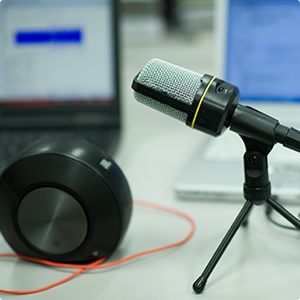
From Vietnam to Japanese University
In 2008, after graduating from a university in Vietnam, I took a job at an Altera (Altera) research institute in Vietnam, but eight months after I arrived, this institute was closed due to economic problems. After that, I worked at ICDREC (Integrated Circuit Design Research and Education Center), a semiconductor design institute at the National University of Vietnam, Ho Chi Minh City. I won first place in the competition. I won first place in the competition, and the organizer of the competition, a professor from Kyushu Institute of Technology, invited me to come to his laboratory.。
In July 2010, I enrolled in the master's program at Ho Chi Minh City Institute of Science with the goal of going to Japan. As this university had an agreement with Kyushu Institute of Technology, I stayed in Japan as an exchange student for one year from October 2010 to September 2011. After returning to Japan, I completed my master's degree in Vietnam, entered the Ph.D. program at Kyushu Institute of Technology in October 2012, and received my Ph.D. in December 2014. After that, thanks to you, I became an employee of NAIST.
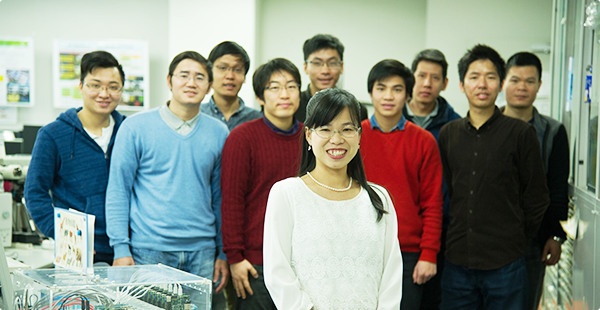
Women and work in scientific fields
When I was an undergraduate student, I majored in physics, and my specialty was circuit design in the field of electronics. There were very few female students. There were about 20 women in a large class of about 300 students, and 8 women out of 60 students in my specialty.
When I worked in the lab, there were also few women, but I enjoyed it. Looking back on my life so far, I think I made the right decision to go into science. It was not an environment where there were no women at all except me, and all women and men were kind to me. I got along well with my colleagues. I was able to concentrate on my work and not on human relations issues. I may have been lucky to find a research position, but I think the fact that there are few women in the field made it easier to find a job quickly when I was looking for a job (in my case, after graduating from university, leaving Altera, and finishing the Ph.D. program). I think the situation is the same in Vietnam and Japan.

My first child was born in August 2016. Before and after the birth, I received a lot of support from my lab members (especially Dr. Nakajima), the Gender Equality Office, and the Human Resources Department. The Gender Equality Office provided me with useful information about pregnancy and childbirth and gave me advice while asking me how I was doing. I was also able to use the Academic Assistant system to advance my research. In addition, Human Resources provided courteous and prompt support on issues such as maternity leave, telecommuting, childbirth-related expenses, and insurance for the baby. I would like to thank them from the bottom of my heart. I was extremely busy before and after the birth, but I am very happy that I was able to continue working thanks to the various support I received from the university. I am grateful to all of you who support me.
As for my work, I am researching wireless communication devices and IoT (Internet of Things) systems, and I am currently directly supervising 7 students (3 Ph.D. students, 1 M.S. student, and 3 interns). In addition to research, I would like to conduct joint research with foreign universities or establish MOU (Memorandum of Understanding) agreements with NAIST. To date, NAIST has signed MOUs with three top universities in Vietnam. We would like to continue developing international research projects (projects in which researchers from research institutions in several countries collaborate on research).
Daily life and the future
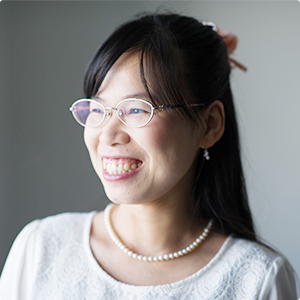
Currently, I use the telecommuting system two days a week and go to work at the university three days a week. On the days when I work from home, I take care of my daughter while I work. Thanks to this, my daughter is a very good girl. After dinner, she plays alone in her crib and goes straight to bed. After she sleeps, I go to work. On weekdays, I come to the lab around 10:00 a.m. after my daughter and I have had breakfast and dinner, and I teach students and do my own research. I usually work in the afternoon from 2:30 to 6:30. At night, I work a little after my daughter goes to bed, from 10 p.m. to midnight. Starting in April 2017, I will drop my daughter off at daycare Monday through Friday and return to my regular work schedule.
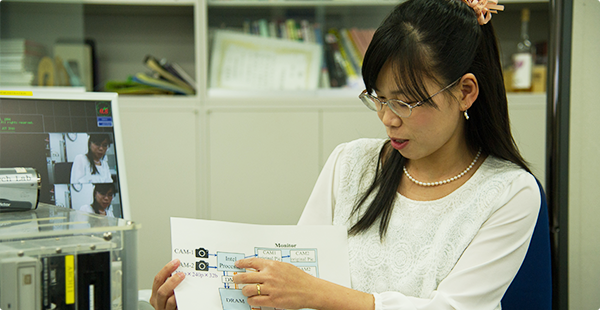
What would you say to students who want to become researchers?
In general, it is sometimes said that women are better suited for jobs in the humanities than for so-called science-related jobs, but this may not be true. Yes, women are responsible for child-rearing and housework, but many of them want to work at the same time. In a science-related job like mine, I can work even when I am not at work as long as I have a computer and materials like books. So I can work and take care of my children if I need to. I can also say from my experience that working relationships in scientific jobs are quite simple and everyone is respectful and appreciative of each other. I think it is a safe working environment for women.
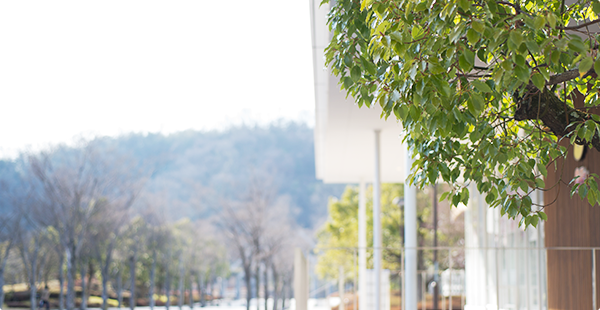
(March, 2017)

-
2017.3 updated
Division of Biological Science






